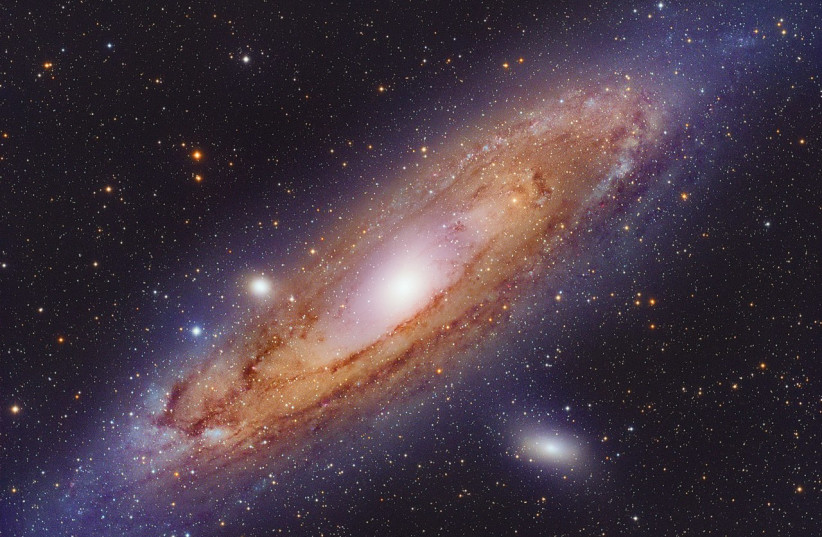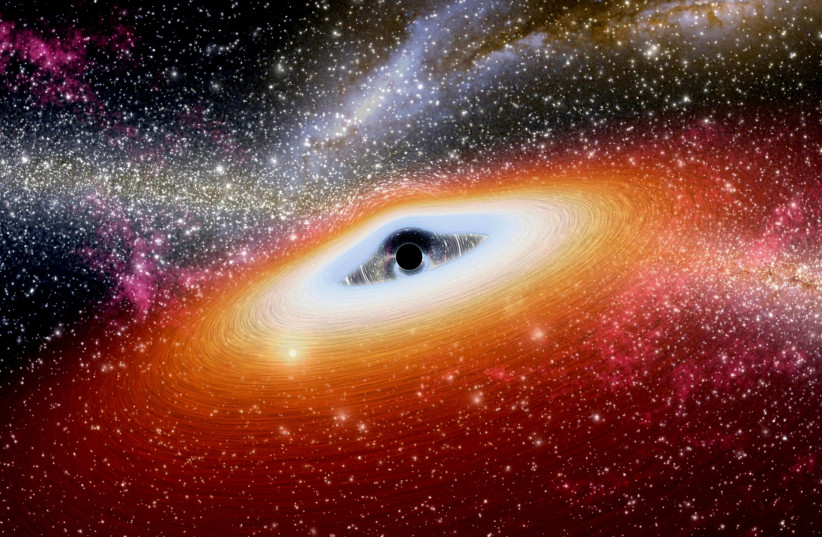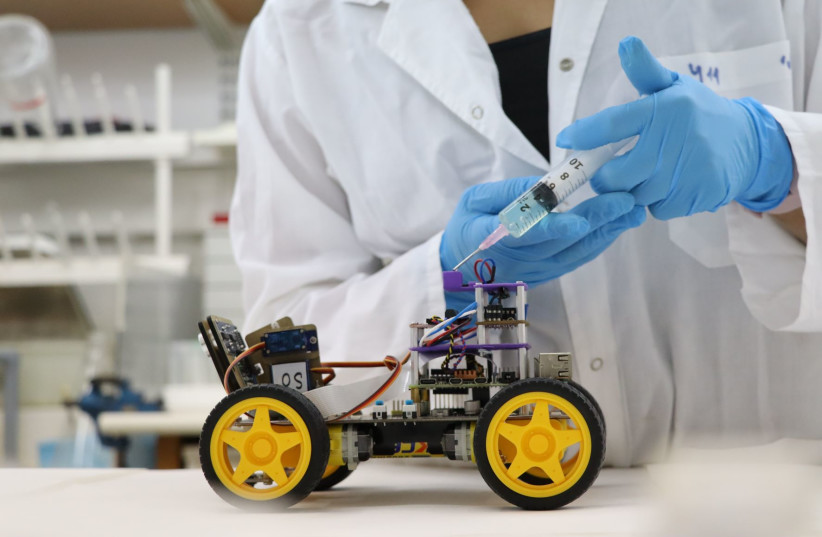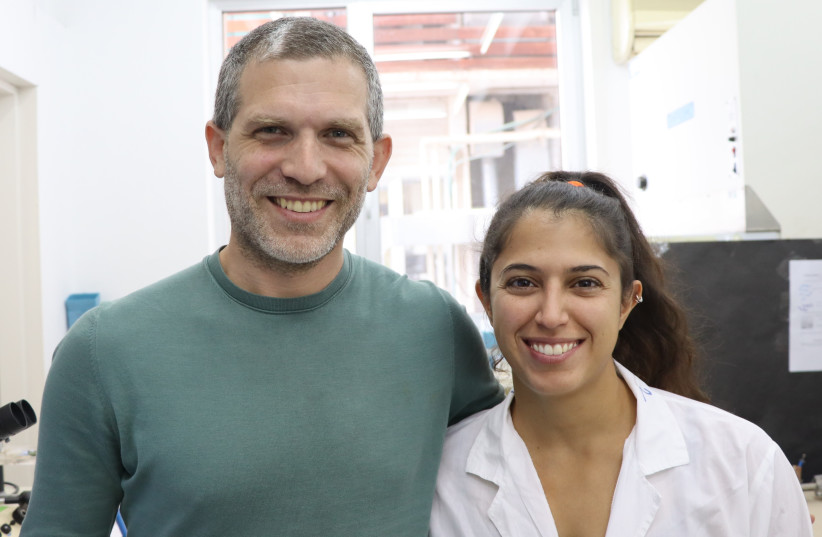The discovery of such a vast number of galaxies in the early universe suggests a potential revision of prior knowledge on galaxy formation.
Exploring the universe’s earliest galaxies with NASA’s new space telescope.
A team of astronomers, headed by Haojing Yan at the University of Missouri, have used NASA’s James Webb Space Telescope (JWST) Early Release Observations and discovered 87 galaxies that could be the earliest known galaxies in the universe.
The discovery brings the astronomers closer to determining the appearance of galaxies in the universe, estimated to be 200-400 million years after the Big Bang, according to Yan, lead author and associate professor of physics and astronomy at MU.
“Finding such a large number of galaxies in the early parts of the universe suggests that we might need to revise our previous understanding of galaxy formation,” Yan said. “Our finding gives us the first indication that a lot of galaxies could have been formed in the universe much earlier than previously thought.”
In the study, the astronomers searched for potential galaxies at “very high redshifts.” Yan said the concept of redshifts in astronomy allows astronomers to measure how far away distant objects are in the universe — like galaxies — by looking at how the colors change in the waves of light that they emit.

“If a light-emitting source is moving toward us, the light is being ‘squeezed,’ and that shorter wavelength is represented by blue light, or blueshift,” Yan said. “But if that source [of light] is moving away from us, the light it produces is being ‘stretched,’ and changes to a longer wavelength that is represented by red light, or redshift.”
Yan said Edwin Hubble’s discovery in the late 1920s that our universe is ever-expanding is key to understanding how redshifts are used in astronomy.
“Hubble confirmed that galaxies external to our Milky Way galaxy are moving away from us, and the more distant they are, the faster they are moving away,” Yan said. “This relates to redshifts through the notion of distances — the higher the redshift an object is at, such as a galaxy, the further away it is from us.”
Therefore, Yan said the search for galaxies at very high redshifts gives astronomers a way to construct the early history of the universe.
“The speed of light is finite, so it takes time for light to travel over a distance to reach us,” Yan said. “For example, when we look at the sun, we aren’t looking at it as what it looks like in the present, but rather what it looked like some eight minutes ago. That’s because that’s how long it takes for the sun’s radiation to reach us. So, when we are looking at galaxies which are very far away, we are looking at their images from a long time ago.”
Using this concept, Yan’s team analyzed the infrared light captured by the JWST to identify the galaxies.
“The higher the redshift a galaxy is at, the longer it takes for the light to reach us, so a higher redshift corresponds to an earlier view of the universe,” Yan said. “Therefore, by looking at galaxies at higher redshifts, we are getting earlier snapshots of what the universe looked like a long time ago.”
The JWST was critical to this discovery because objects in space like galaxies that are located at high redshifts — 11 and above — can only be detected by infrared light, according to Yan. This is beyond what NASA’s Hubble Space Telescope can detect because the Hubble telescope only sees from ultraviolet to near-infrared light.
“JWST, the most powerful infrared telescope, has the sensitivity and resolution for the job,” Yan said. “Up until these first JWST data sets were released [in mid-July 2022], most astronomers believed that the universe should have very few galaxies beyond redshift 11. At the very least, our results challenge this view. I believe this discovery is just the tip of the iceberg because the data we used only focused on a very small area of the universe. After this, I anticipate that other teams of astronomers will find similar results elsewhere in the vast reaches of space as JWST continues to provide us with a new view of the deepest parts of our universe.”


































